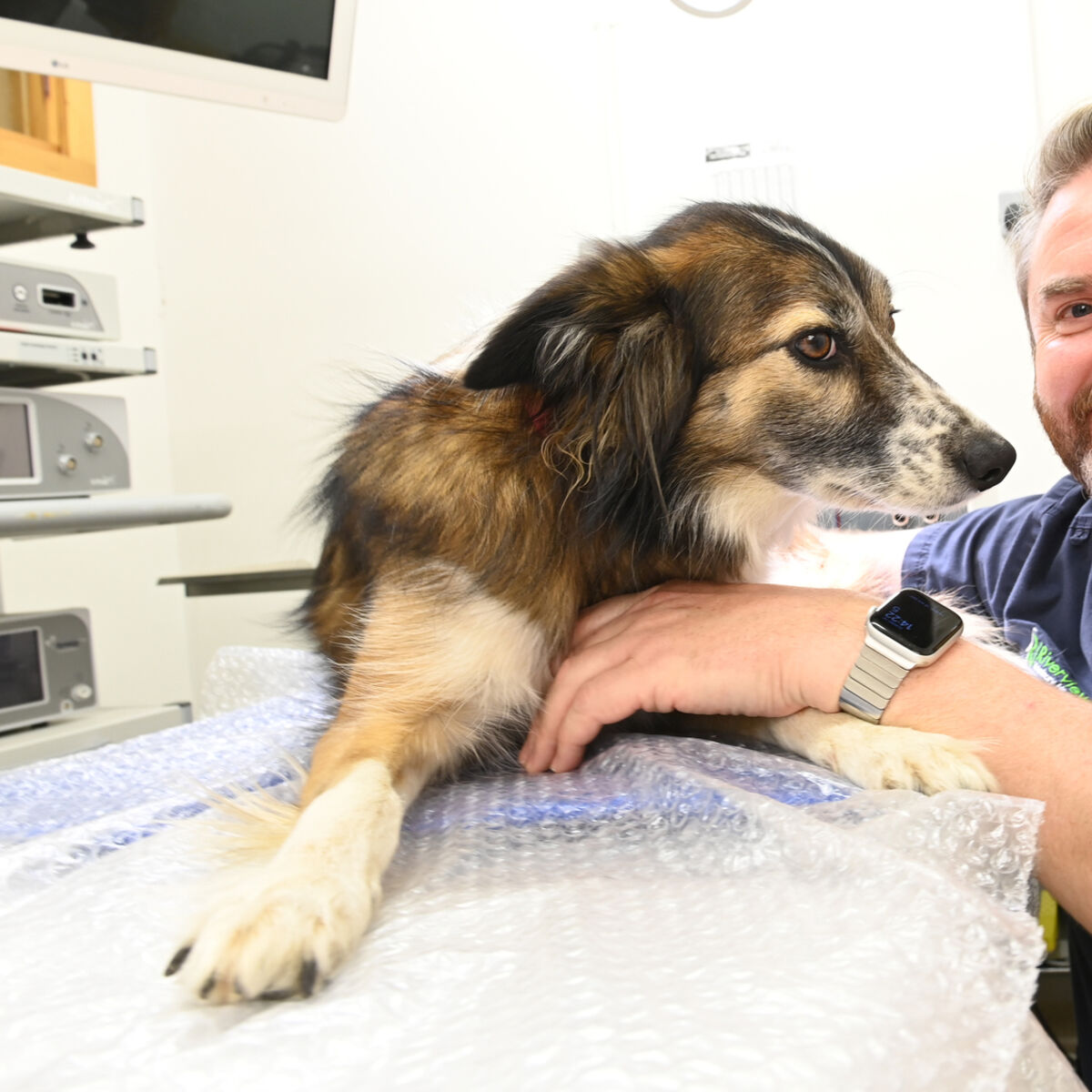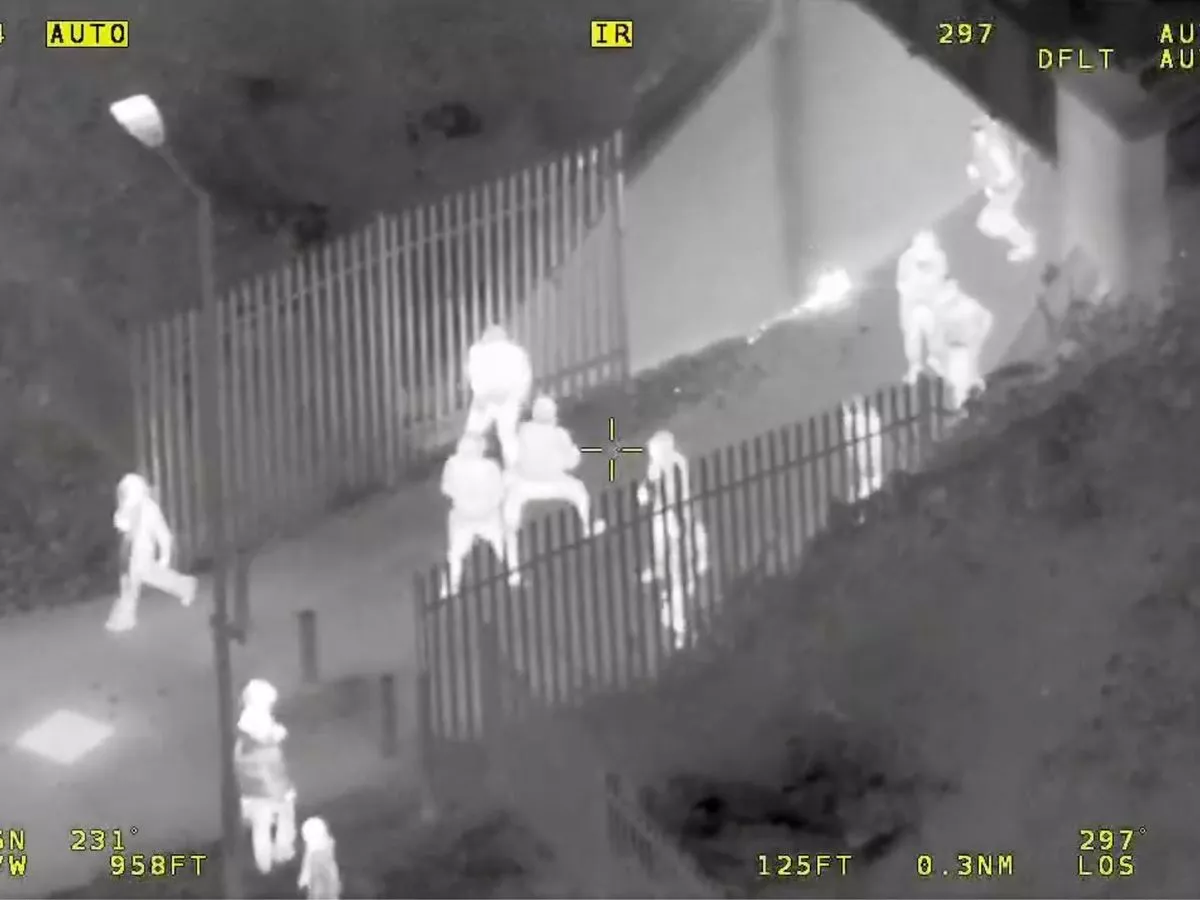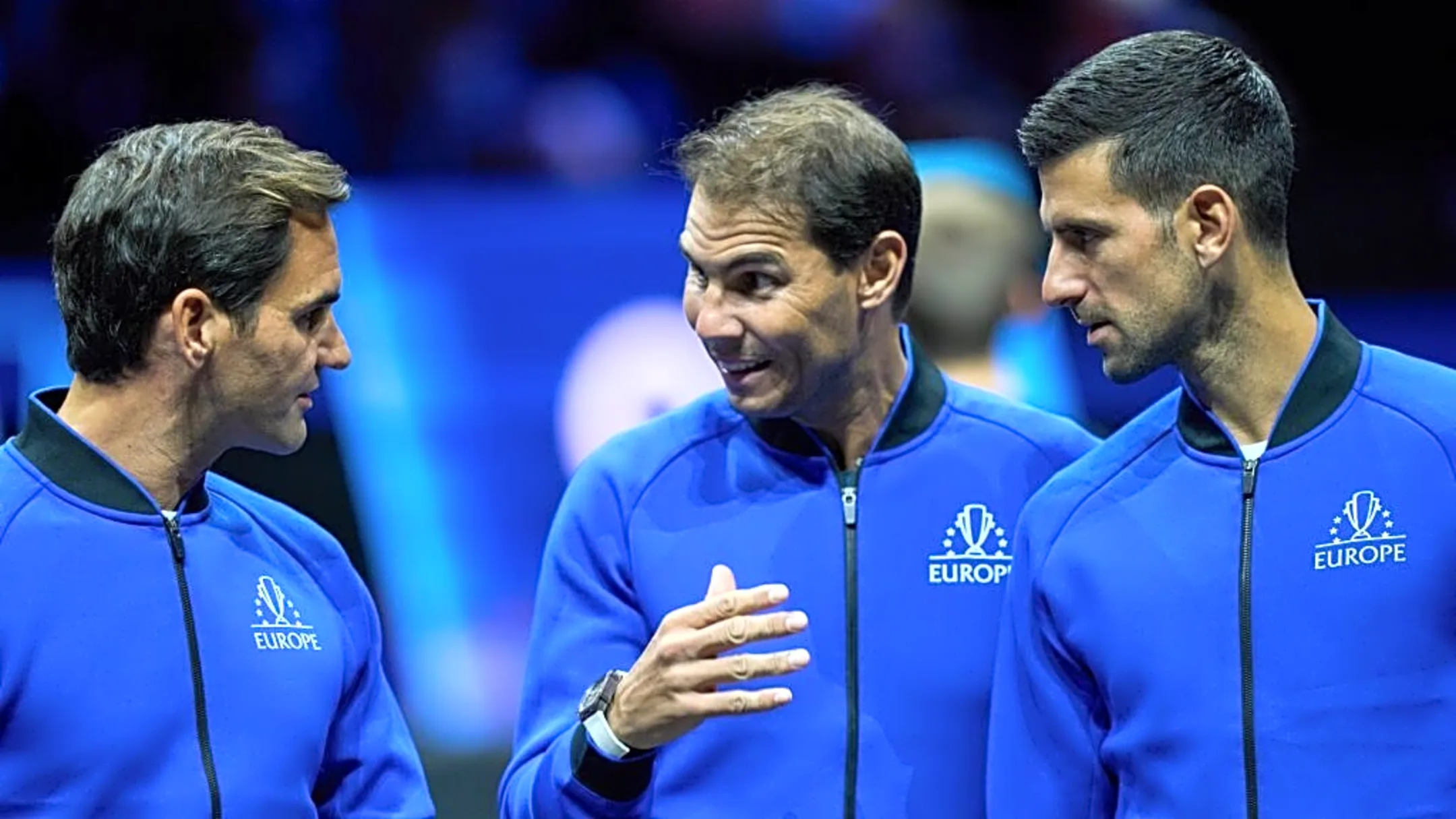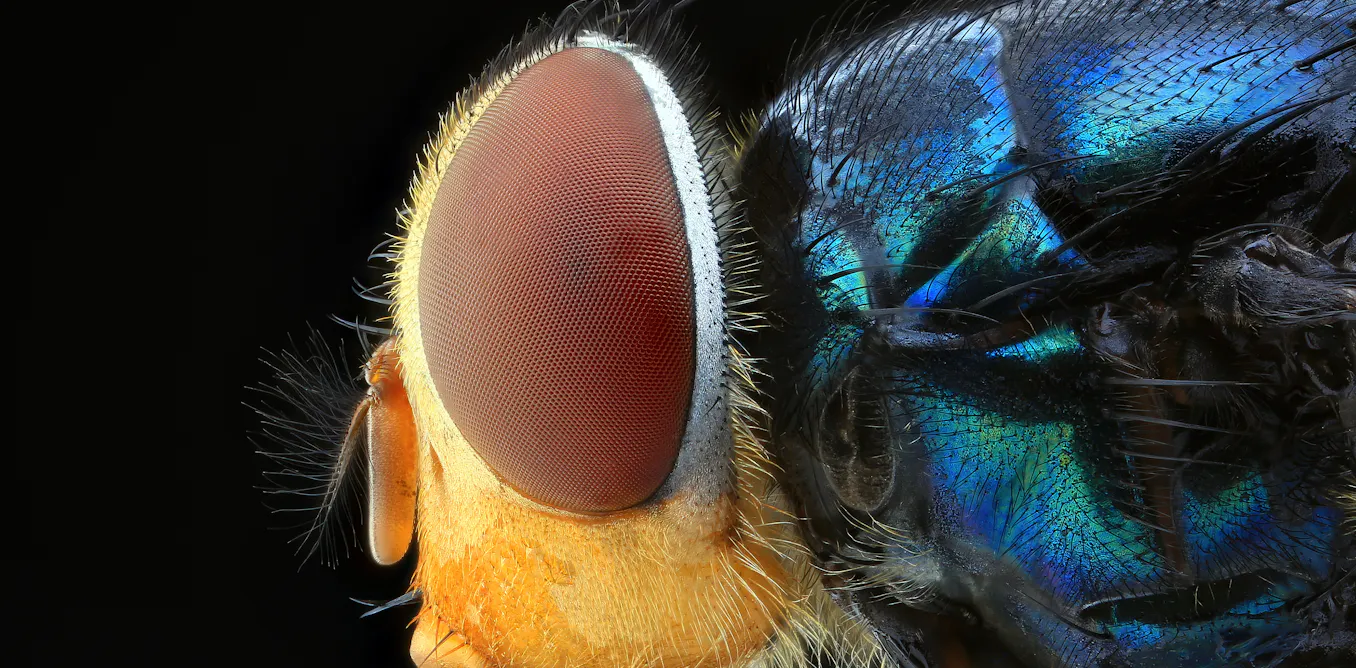By Irishexaminer.com,Sarah Horgan
Copyright irishexaminer

It is always a privilege to treat them when they are injured or have a problem, given the important job they do.
The exotic animals are probably the most interesting from a surgical point of view. During my 26 years as a vet I have been lucky to have the chance to work on many primates. Oddly enough, it wasn’t zoos that gave me the chance to hone my skills but people who kept them as pets. That was while I was working in the UK and dealing with all manner of patients including a 15-foot boa constrictor who had been brought to me by its owners in a barrel.
Nonetheless, even in the absolutely expertly-kept collections in zoos and wildlife parks like Fota, injuries are an inevitability. While I wouldn’t say these extreme injuries are common, they are indeed possible. When animals have sustained injuries it has been my privilege to operate on wounds suffered by lions and many other animals in Fota.
Pat and I are very fortunate to work with an amazing team there. The expertise and consummate professionalism of the park rangers in Fota are invaluable to us. We couldn’t do our jobs without them. Treating a wild and dangerous animal has to be a team effort. When we’re darting a lion and putting it to sleep the surgery needs to be carried out as quickly as possible. It’s the same with any carnivore. I have operated on cheetahs in the past which are obviously smaller carnivores but even in cases like this, teamwork is equally as important.
Injuries in lions normally come about as a result of an altercation. Oftentimes this is in response to a breach of personal space. One lion might give a swipe toanother, simply because they are feeling grumpy. We are talking about animals with huge claws and equally large paws with the potential to do a lot of damage.
You are stitching up their wounds the same way you would on a cat or dog. It’s more the environment that proves challenging. One has to deal with everything more quickly because you’re conscious of not wanting them to be under anaesthesia for long. Pat is focusing on the anaesthesia but we’re both working together to make sure that everything gets done quickly and nobody gets eaten.
Meanwhile, the traumas I deal with in primates come about the same way they so often do in humans. In other words, they can fall out and disagree just like we do. The important difference is that when primates argue they have far more damaging teeth to use on their aggressor. The trouble is they tend to bite first and ask questions later.
I did have an incident where I was tasked with performing hand surgery on a primate. There was one finger that couldn’t be saved, but I was able to save the remaining ones and reconstruct all the flesh and tendons, etcetera. I think there was one finger that might not have had great function after the attack, but the rest we were able to restore.
Another interesting case involved helping an elongated tortoise with a wound they had developed on their plastron which is another word for their shell. Obviously this is very dangerous because it makes them more susceptible to infection and damage to their internal organs. In the meantime, I had to come up with a system to seal these holes while still being able to manage the wounds.
I was able to superglue Velcro in a complete square around these openings on the shells. This created a lid we could access as needed. It meant the dressings could be changed every day and prevented the introduction of any dirt and debris.
You might say necessity is the mother of invention. Treating holes in tortoise shells is not a new concept, but sometimes you have to adapt to what’s out there and come up with a concept that suits the individual and their particular environment.
I’ve put down some interesting surgeries in my time. One of the most unusual was removing a tumour from a koi carp. Most people would not pay for surgery on a goldfish but there are some fish out there that are incredibly valuable. Koi carp are prized fish in many parts of the world. That was very early on in my career.
Veterinary is endlessly fascinating and constantly evolving, just like human medicine. I suppose that’s what makes the career so fascinating.
My job has been the starting point for many human friendships too. A couple of my clients have become very close friends. I would even go so far as to say they are my best friends. I am also lucky to be working with such a talented and professional team at Riverview Vets, who I couldn’t do my job without.



